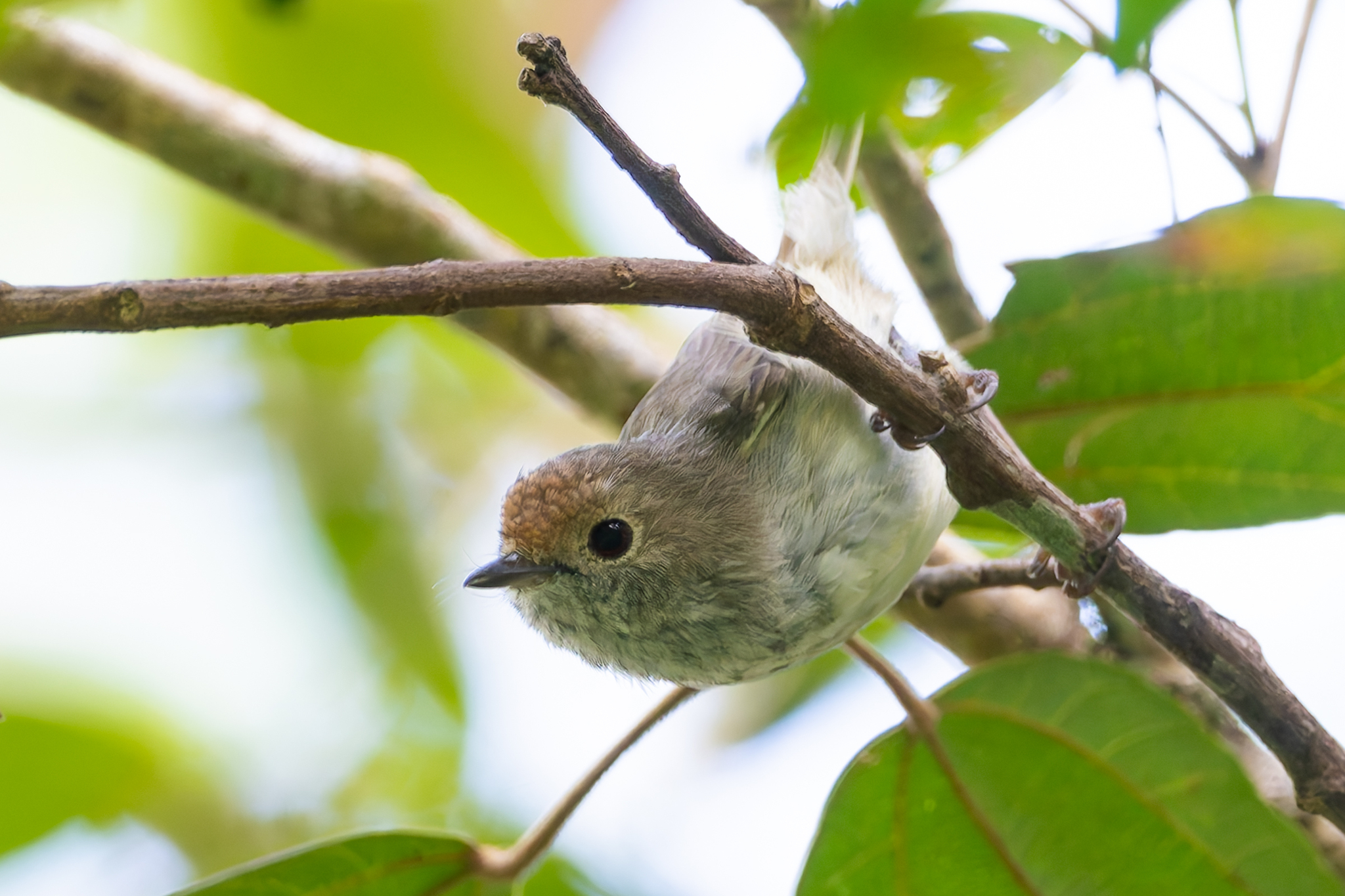News release
From:
Bird who cried “hawk!” - Turning the tables: a tiny bird uses alarm calls and mimicry to deceive its nest predator
We studied how a tiny bird, the brown thornbill, uses deceptive vocal mimicry when defending its nestlings against a large predator. Thornbills give deceptive “hawk!” alarm calls, both their own and mimicry of other species, when their nest is attacked by pied currawongs. Playback of these specific alarm calls fooled currawongs into scanning for danger or flying away–appropriate responses to flying hawks–which may give thornbill young a chance to escape. Using mimicry creates the illusion of a chorus of alarmed birds, usually a reliable cue of extreme danger. The deception therefore exploits the currawong’s fear of flying hawks.
Bird who cried ‘Hawk!’ – Tiny brown thornbills fake the “hawk!” alarm calls of other birds to scare away threats to their nest – potentially give their young a chance to escape. In the first experimental demonstration of deceptive alarm calls being used to fool nest predators, scientists found pied currawongs fled when played audio recordings of thornbill mimicry.



 Australia; ACT
Australia; ACT



